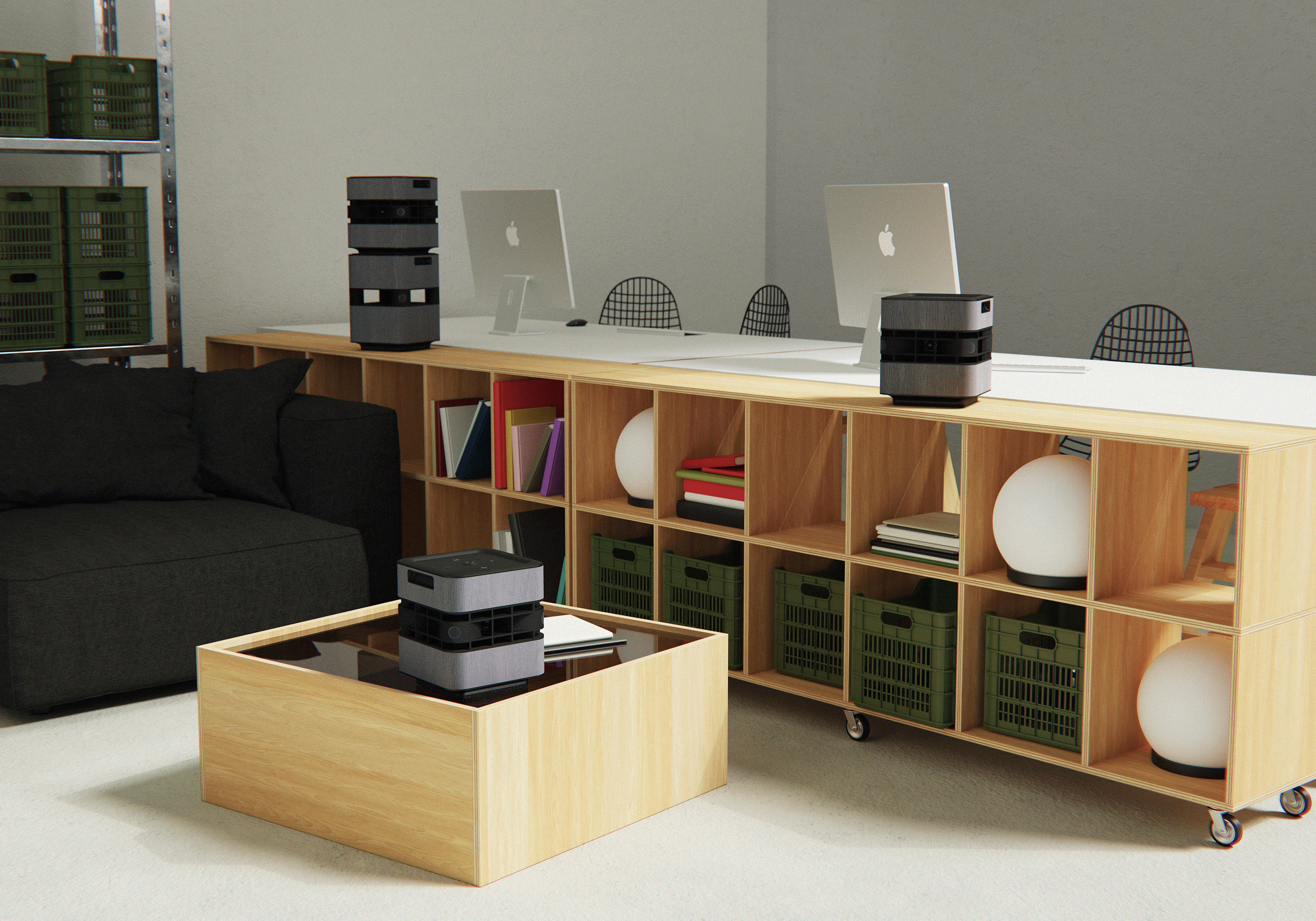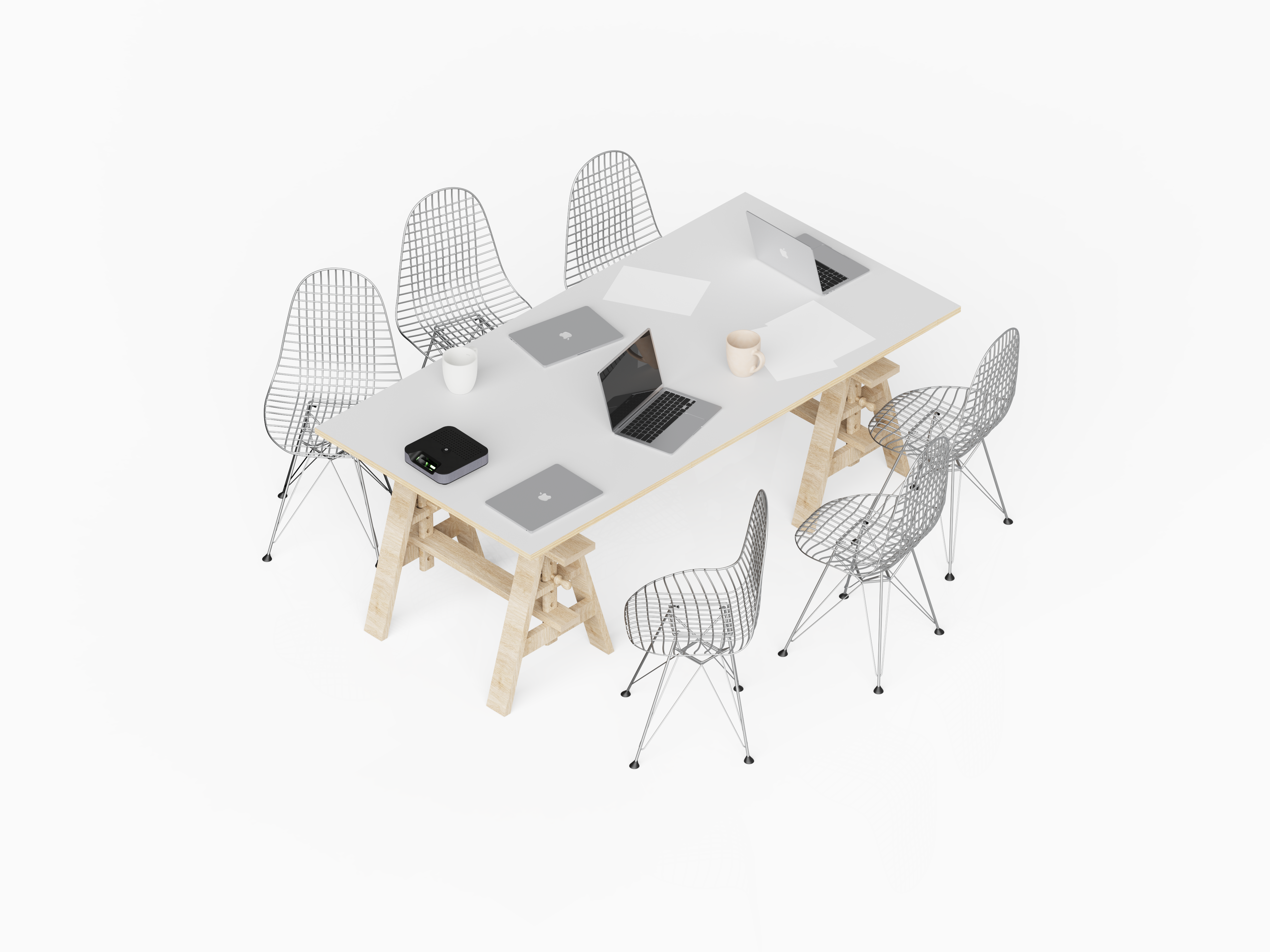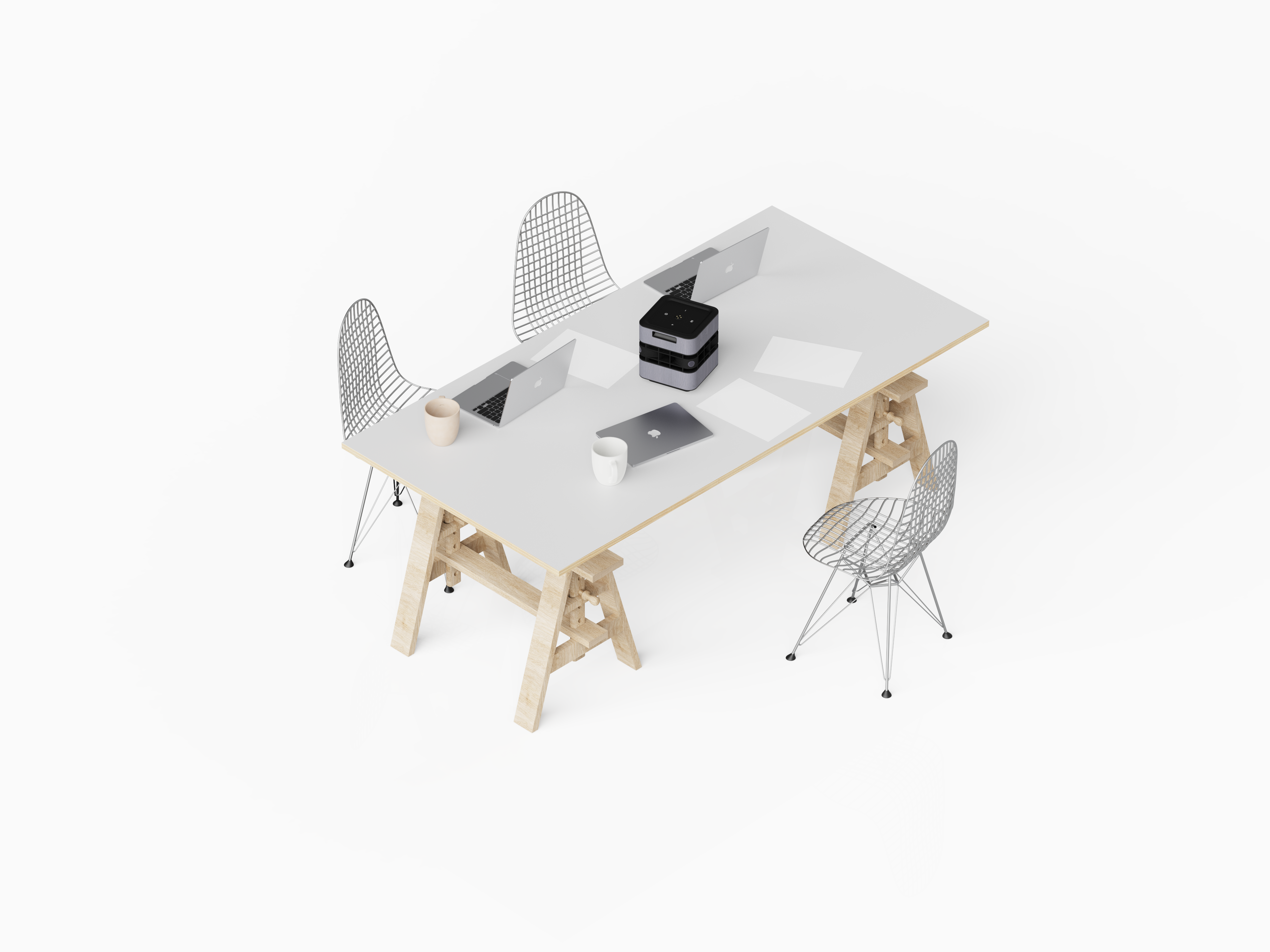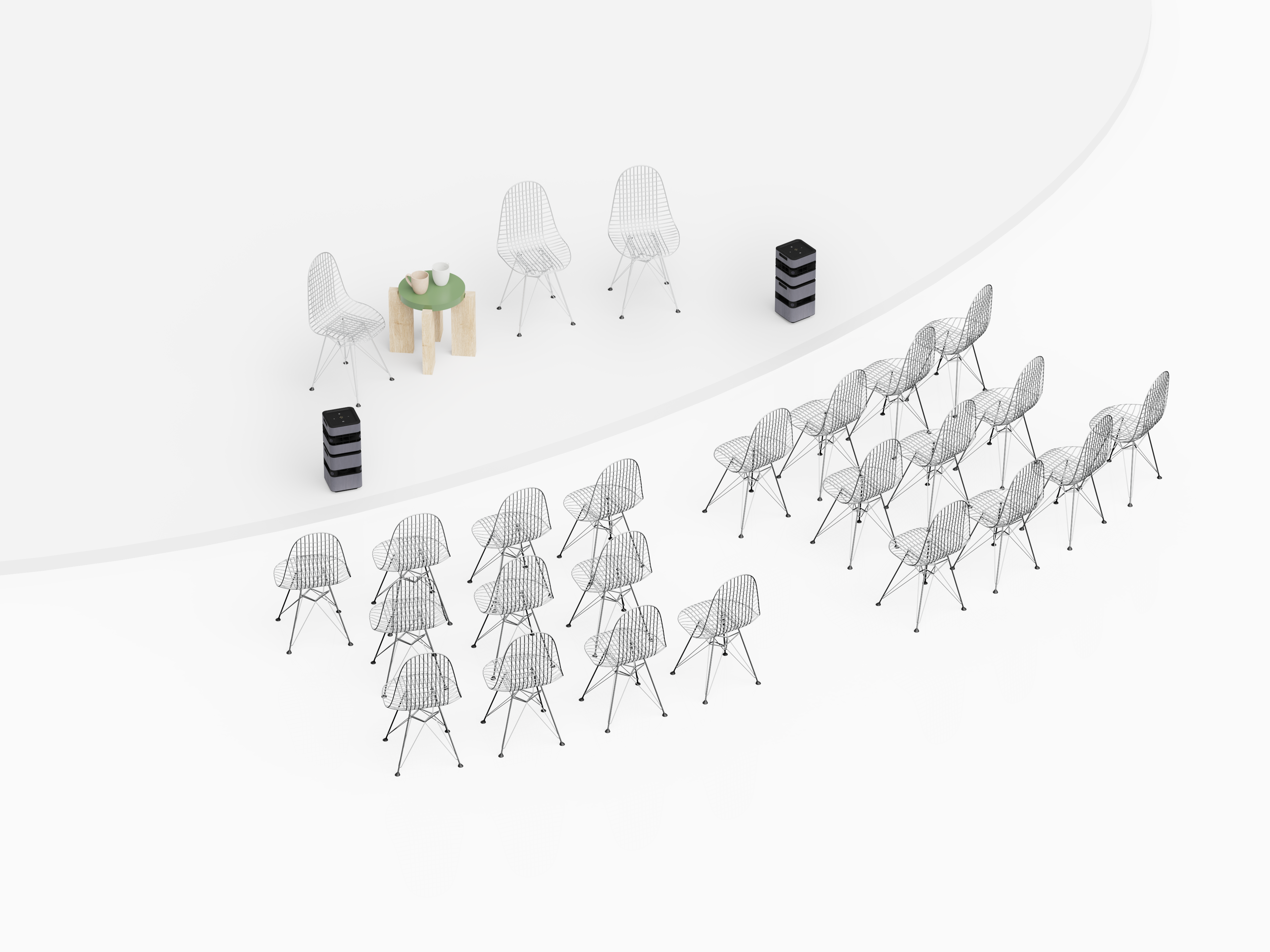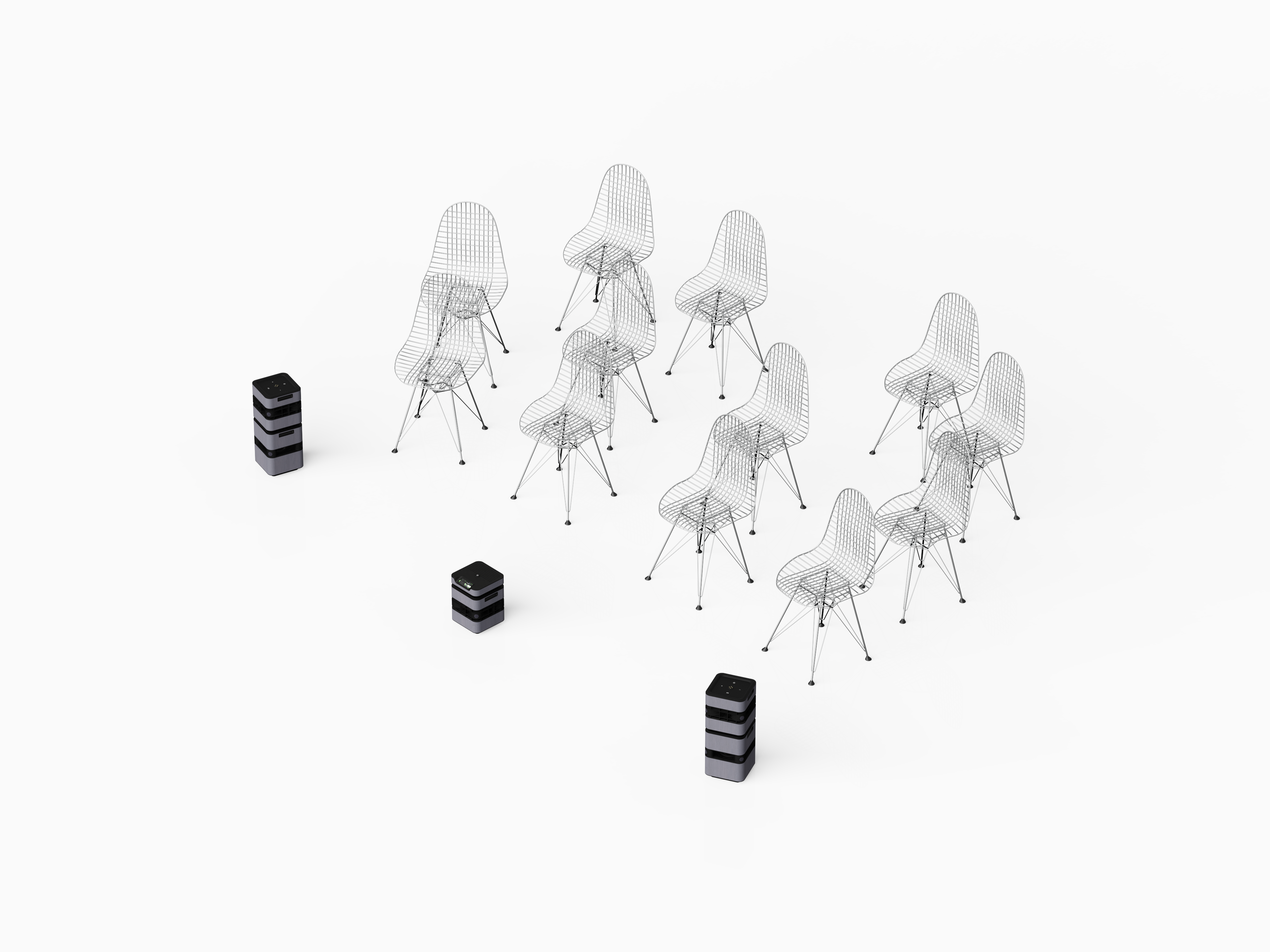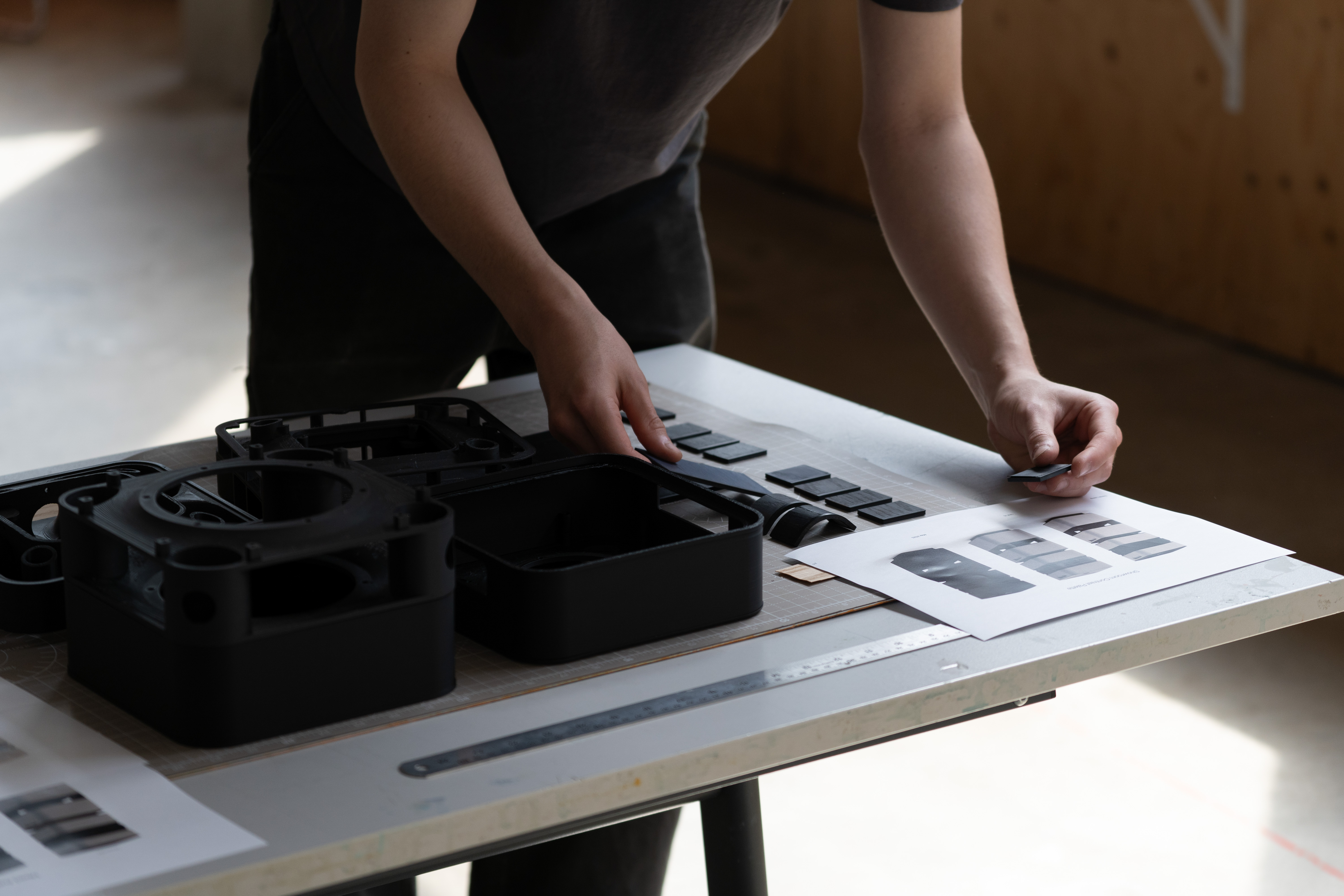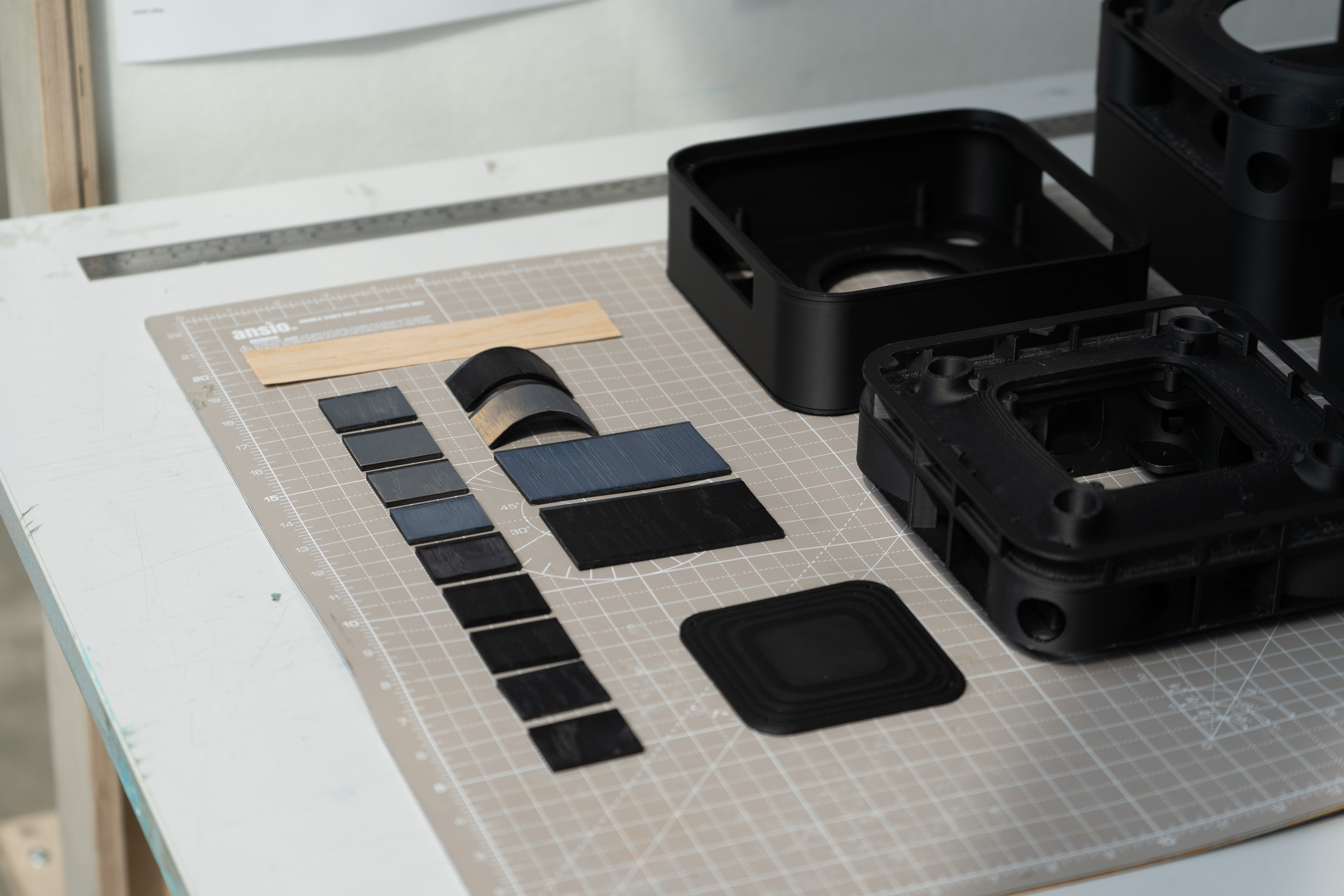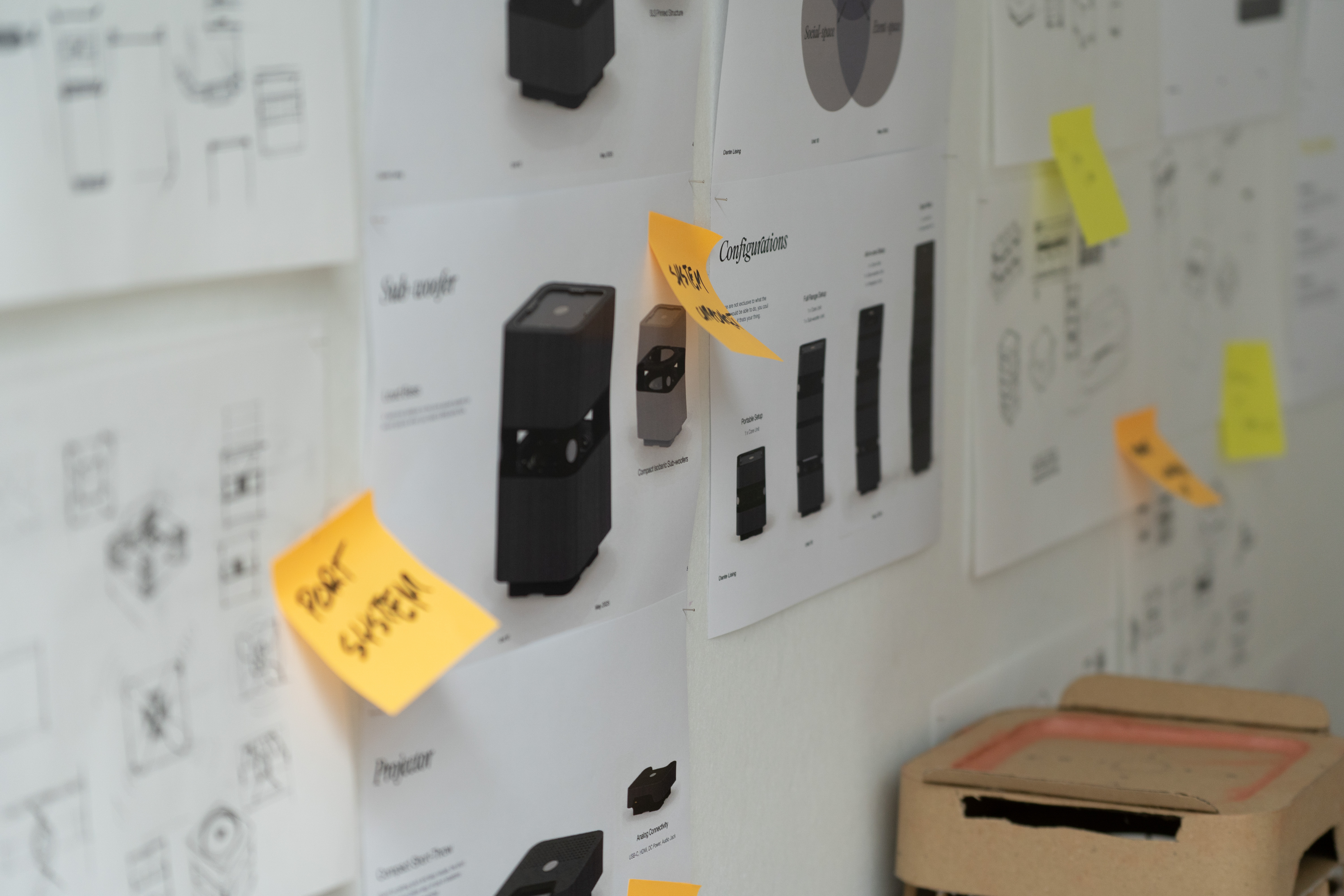© Dante Lising 2025
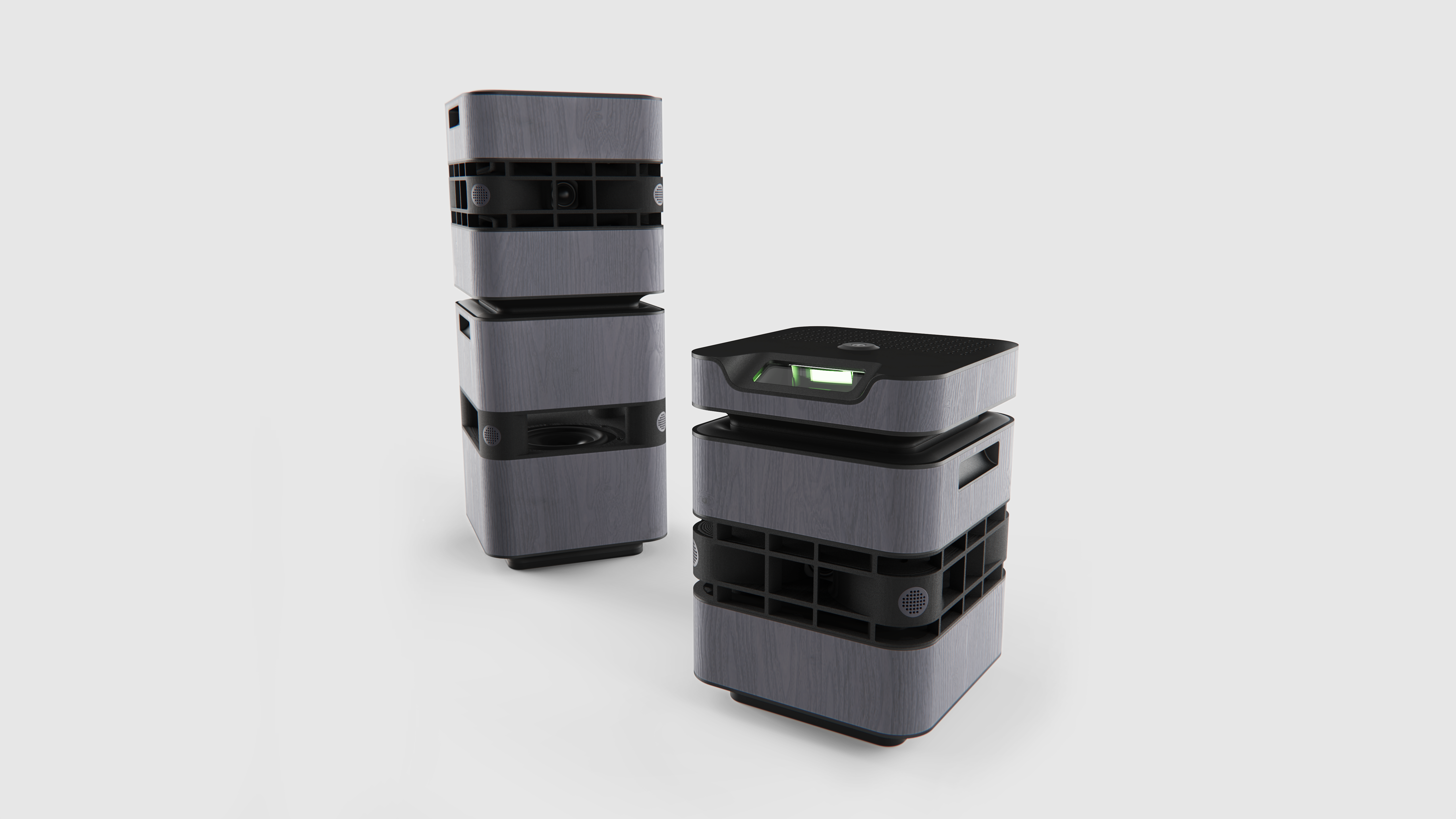
Orbit
A modular and scalable audio visual system for the hybrid-social workspace. Configuring static office technologies for adaptable offices.
This project, developed in collaboration with Steelcase, explores future trends and evolving workspace behaviors. Our work supported their efforts to gain deeper insight into the adaptable and hybrid office of tomorrow.
The concept of the adaptable workspace opens many doors for how offices can be used. However, this variety also brings a unique set of challenges. This was the core dilemma presented in the project brief provided by Steelcase: how might we design and facilitate an adaptable, hybrid workspace? This included a focus on how workspaces could be utilized outside of standard working hours and how to capitalize on underutilized space.
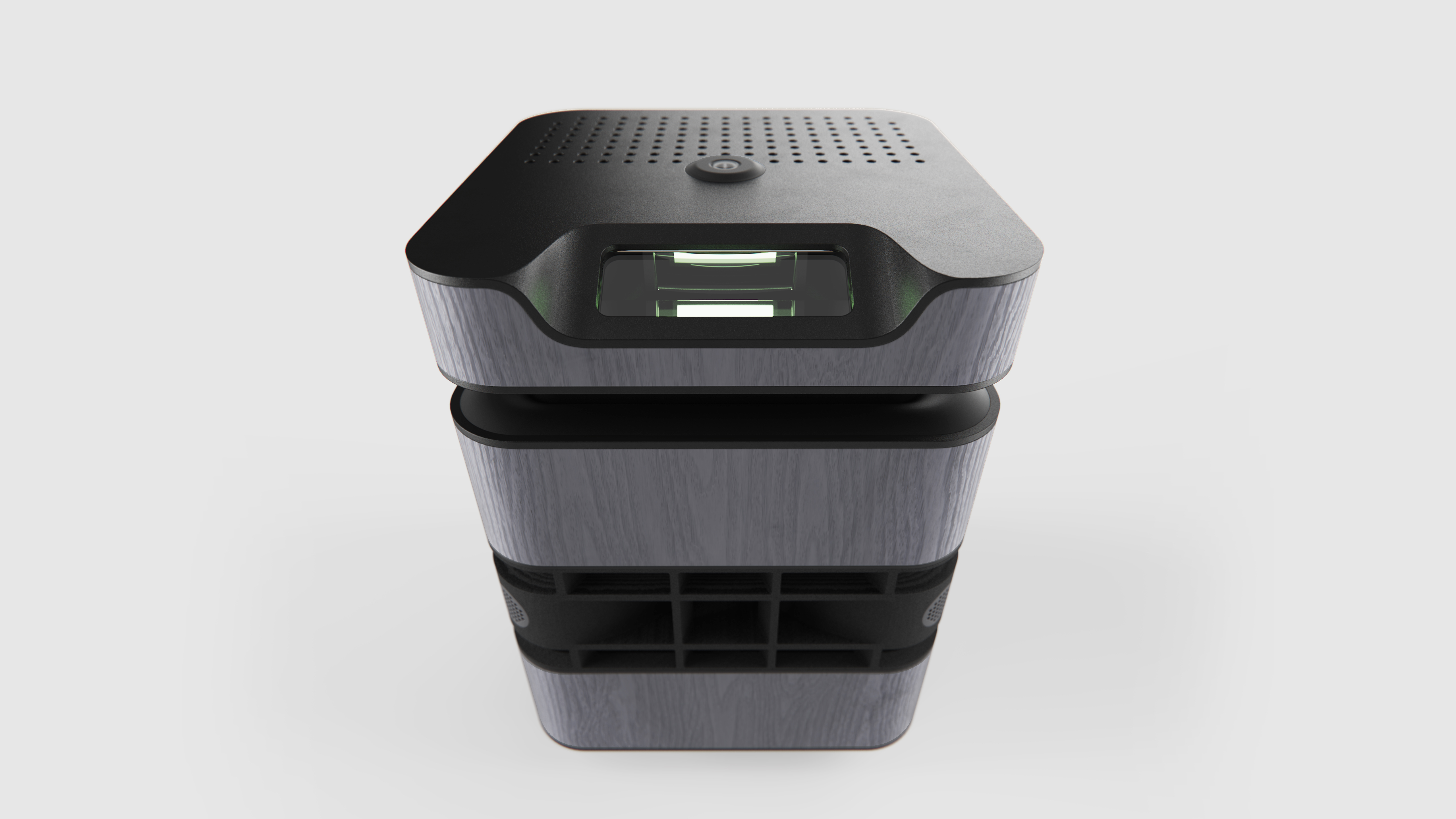
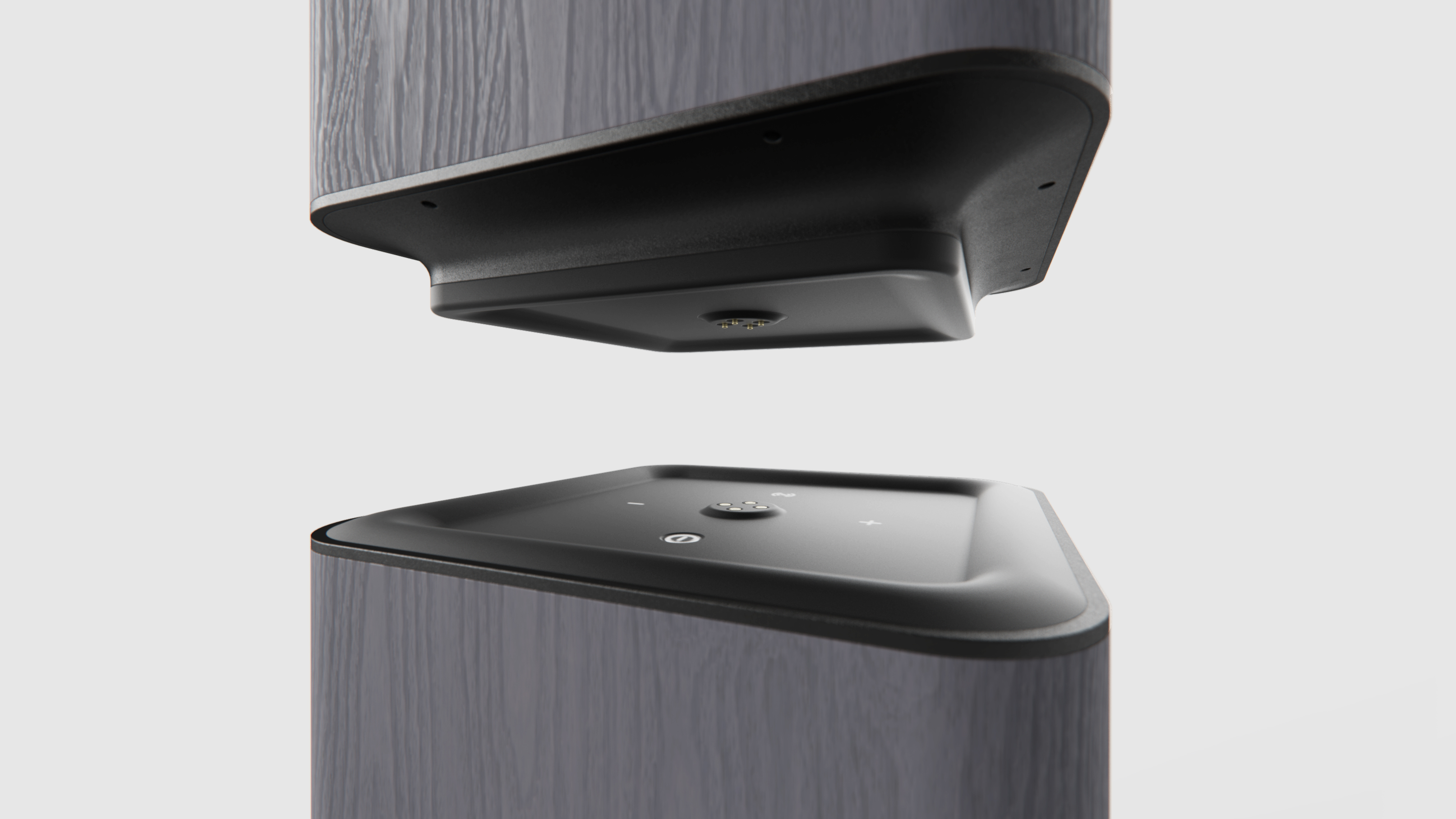
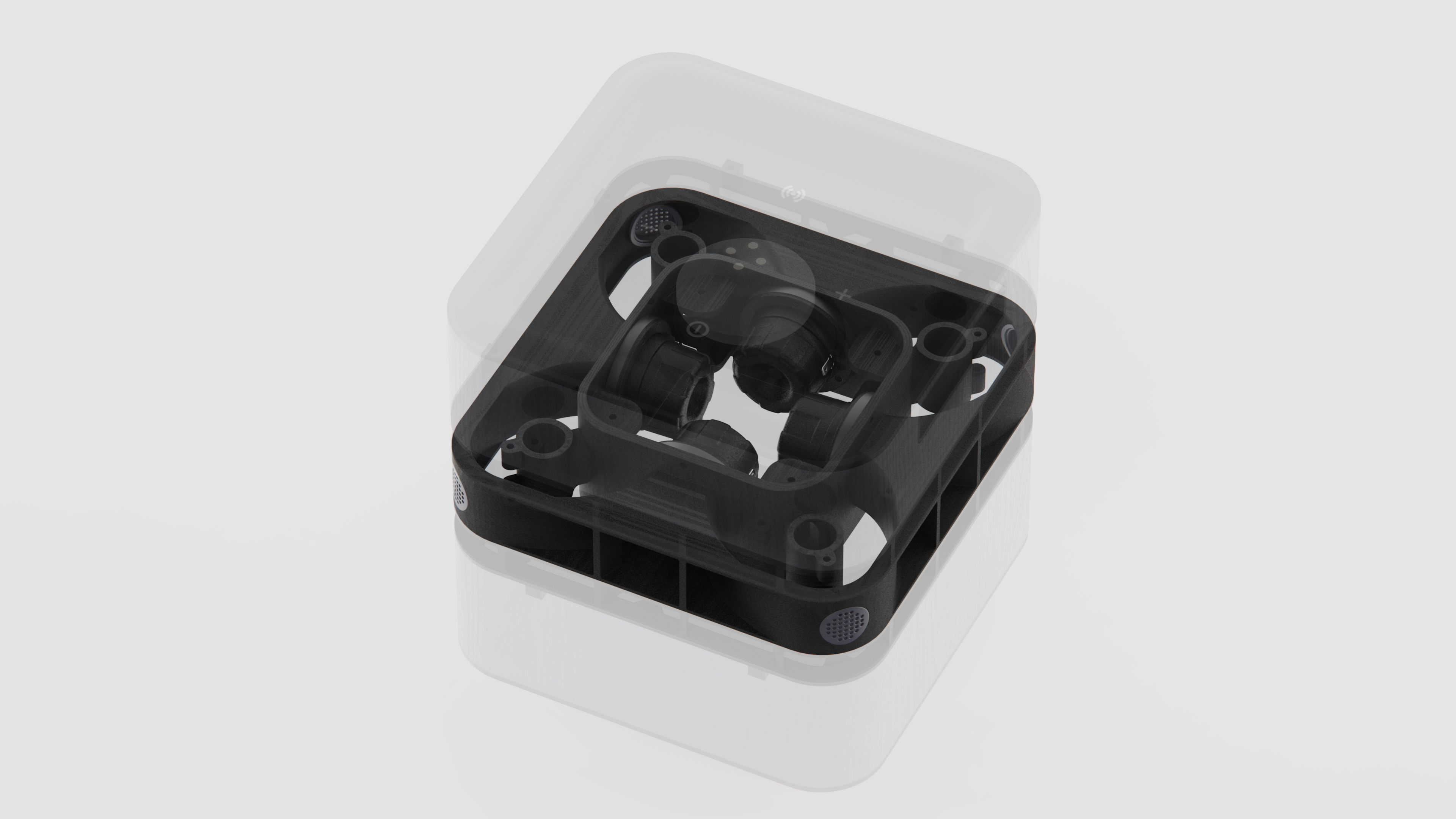
Through our research, we found that many workspaces had already begun addressing this concept, spurred by the pandemic-driven shift toward flexible technology and modular furniture systems. This flexibility doesn’t just allow people to choose how they work, but also how they want to use a space. Many offices are reimagining themselves, evolving into spaces that support not only work but also social activity.
The traditional office is at a crossroads. Most people no longer want to be in the office five days a week, primarily because of a growing desire for flexibility and autonomy. With flexible systems and technology now widely accessible, the work-related benefits of the office have become harder to justify. This is part of why many workspaces are shifting away from traditional office models and toward more socially-oriented environments. This also highlights something that remote work often lacks: face-to-face connection. Social activity is a vital part of the workplace and its importance is difficult to quantify, but clearly in demand, and it cannot be replaced by virtual meetings alone.
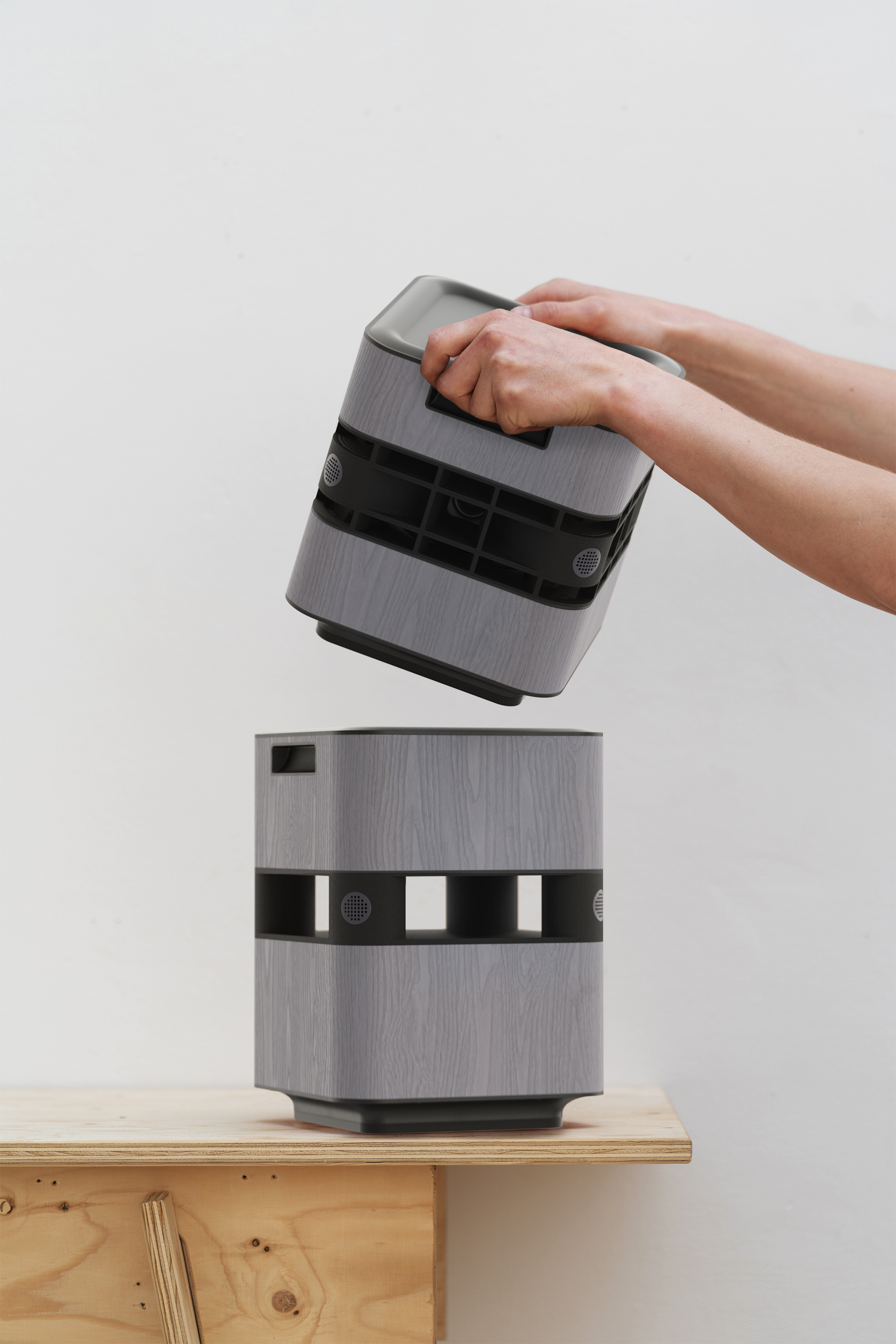
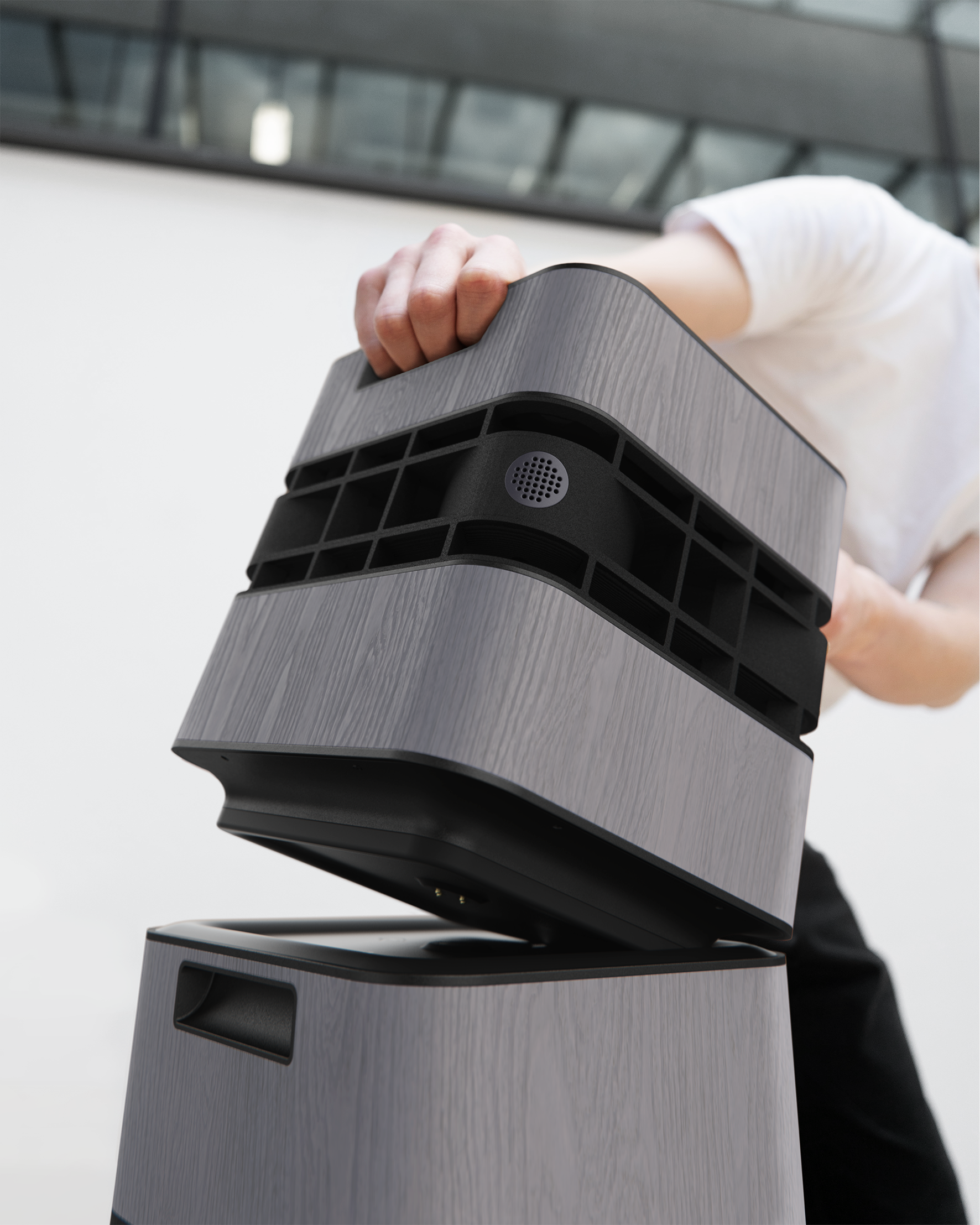
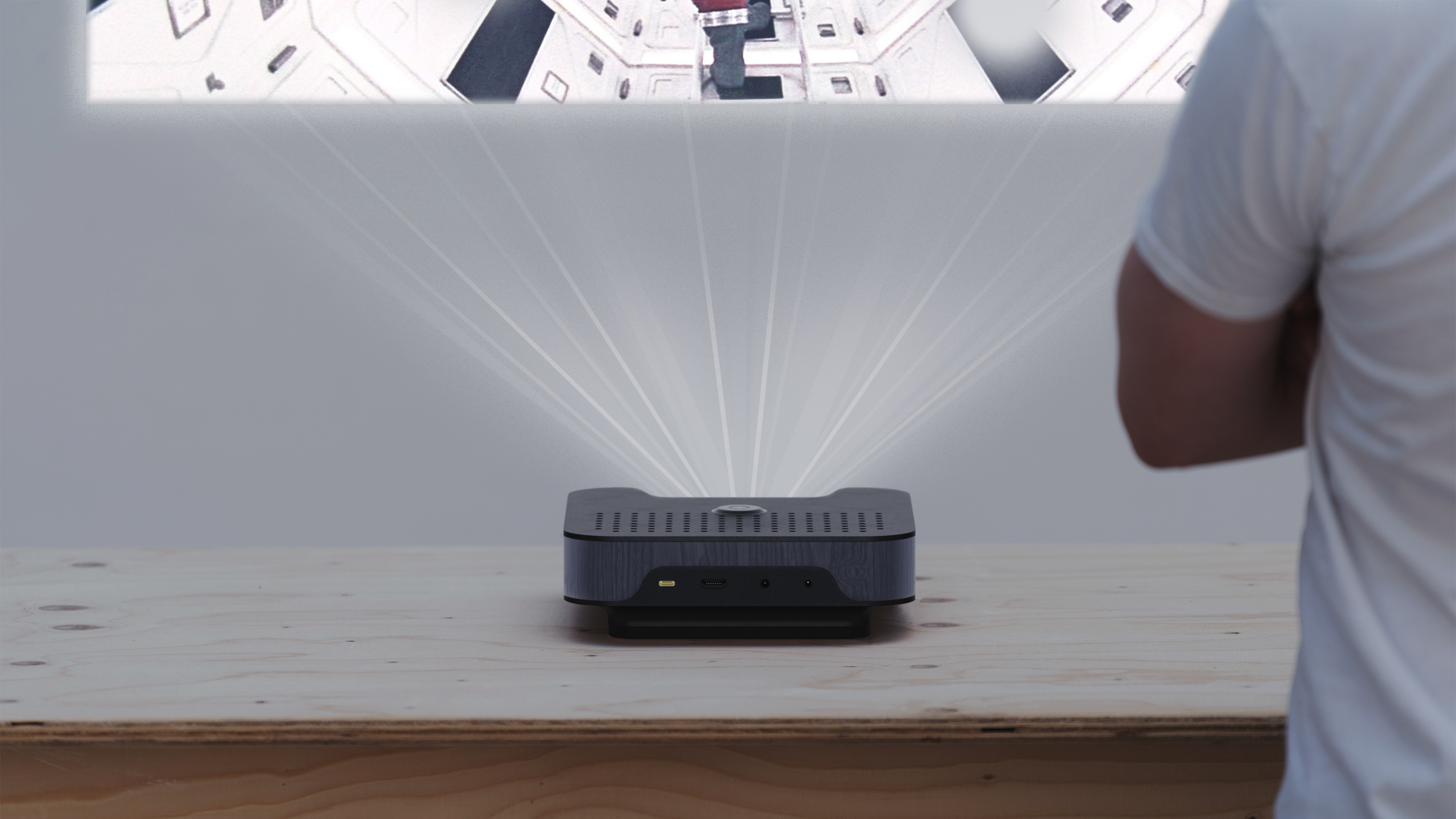
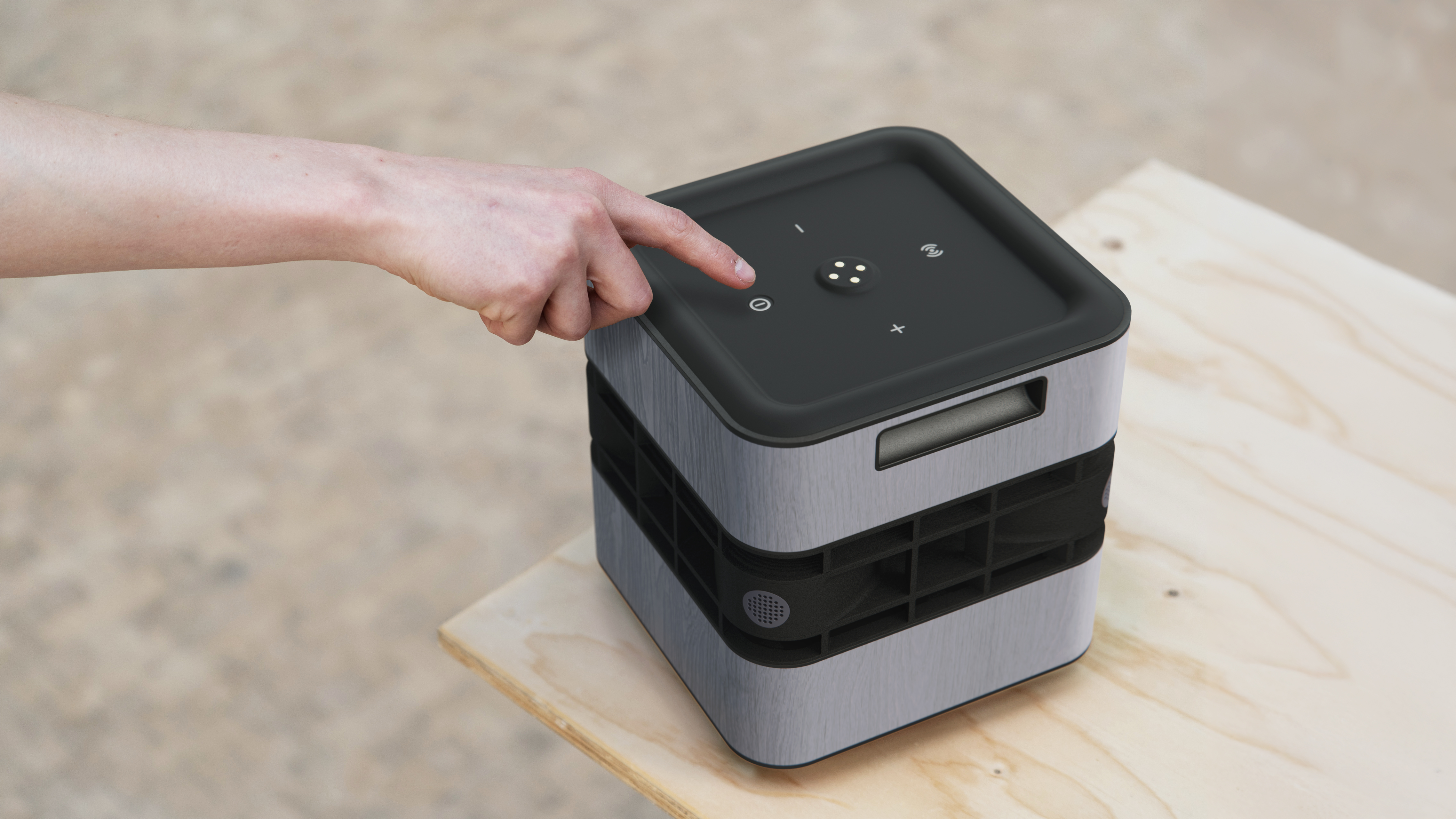
To design for this new hybrid, social workspace, we began by identifying which systems were already flexible, which were static, and which were in demand across both work and social contexts. Early in the process, we identified audio and visual technology as an area that provides unique opportunities. Despite the demand, there was no dedicated solution that effectively facilitated this idea of transition between work and social use. Many workplaces have tried adapting existing audio and visual products, but most fall short. Solutions that work well in a meeting room often fail in social or event settings, and vice versa.
The key idea behind our solution is scalability, for both workspace and social space. This applies to audio systems and especially to visual systems. For example, seminar rooms can handle large presentations but don’t work well for a group of five. Technology in a hybrid environment must be able to grow and shrink to suit the needs of any scenario. That is why this solution is modular, it delivers flexibility to the system without additional logistical complications.
Orbit is our answer to these challenges: a scalable, adaptable, and user-friendly audio and visual system for the hybrid social office. It enables anyone to set up a temporary audio-visual system quickly and efficiently. While many audio and visual systems exist, none are purpose-built to facilitate transition and operate across the full range of hybrid office scenarios like Orbit. Some may perform in a single context, but they don’t meet the hybrid, flexible demands of this evolving workplace.
